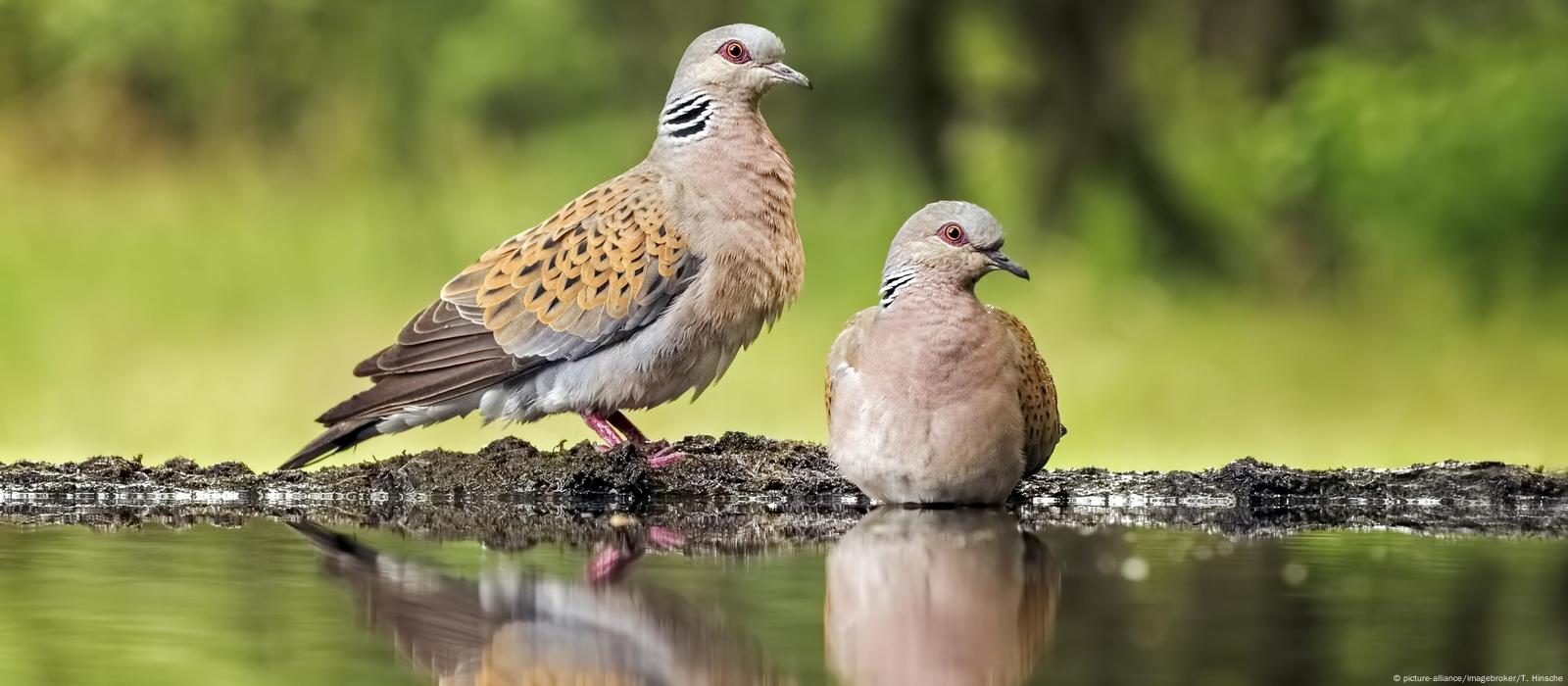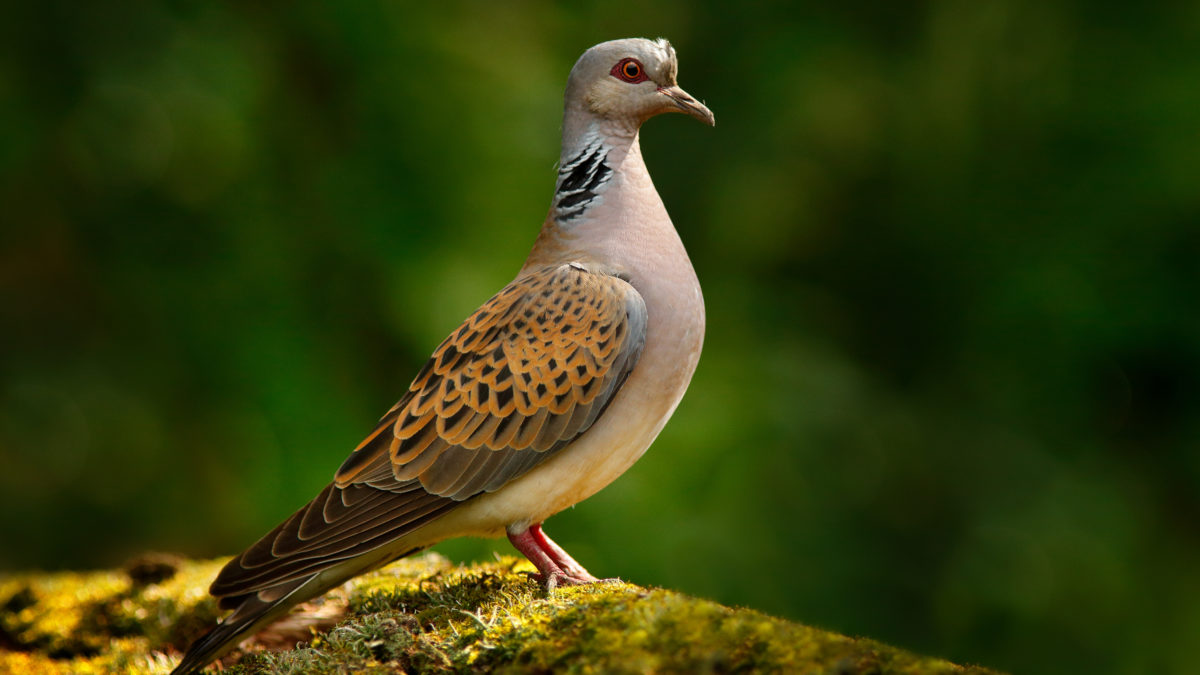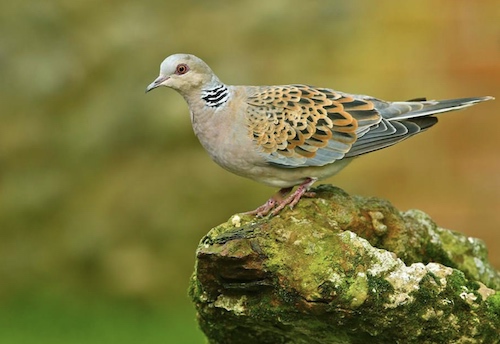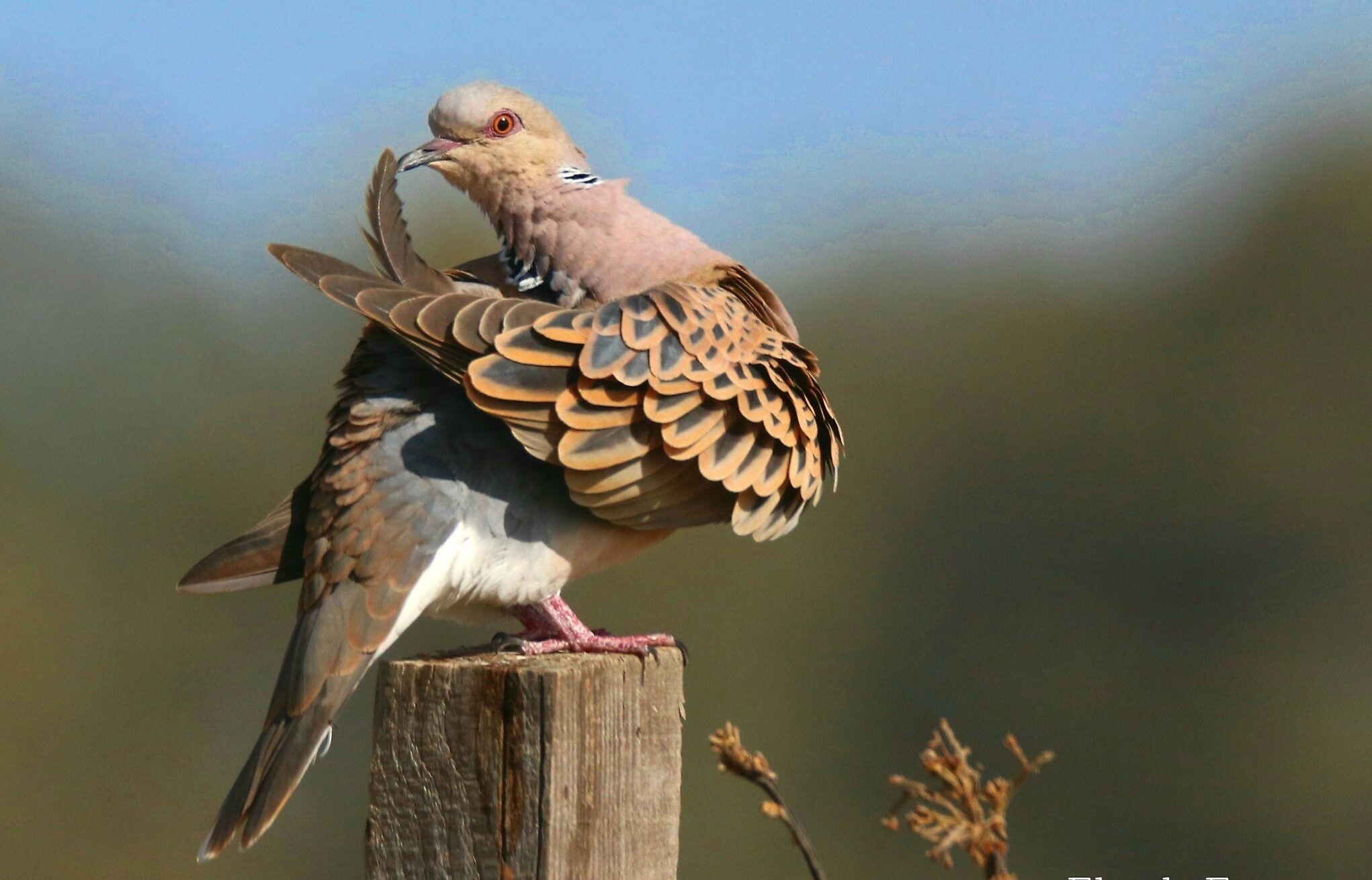The gentle cooing of a mourning dove, also known as the turtle dove, is a familiar and soothing sound across the landscapes of North and Central America. These unassuming birds, members of the dove family, possess a unique charm that captivates birdwatchers and nature enthusiasts alike. In this article, we’ll take a closer look at the endearing nature of America’s turtle dove and explore why they have earned a special place in the hearts of many.

Turtle doves have a long-standing reputation as symbols of love and peace. Their soft, mournful coos are often associated with tranquility and romance. In fact, the mention of turtle doves in literature and folklore has cemented their status as birds of affection and devotion. For instance, they are famously mentioned in the Christmas carol “The Twelve Days of Christmas,” where they symbolize love and faithfulness.

Mourning doves are relatively small birds with slender bodies. Their soft, muted colors are a testament to their subtle beauty, featuring shades of brown, gray, and pale pinkish hues. They are easily recognizable by their long, pointed tails and small, rounded heads.

One of the endearing qualities of turtle doves is their gentle behavior. They are not shy around human habitats and can often be seen perched on utility wires or foraging on the ground for seeds. Their docile disposition and graceful flight patterns make them a joy to watch.

Turtle doves are dedicated parents. They build flimsy nests made of twigs and grass, often tucked away in trees, shrubs, or even on window sills. Both the male and female take turns incubating their two eggs and feeding their hatchlings a special secretion called “pigeon milk,” which is regurgitated from the adult’s crop. This high-nutrient substance provides essential nourishment to their chicks.

While the turtle dove’s cultural significance and charming presence make it a beloved bird, it faces several conservation challenges. Habitat loss due to urbanization and agriculture has reduced their natural nesting sites, and the use of pesticides has led to a decline in their primary food source: seeds. These factors, combined with hunting in some regions, have resulted in declining turtle dove populations.

Conservation efforts are underway to protect these delightful birds. Initiatives such as planting native trees and providing supplemental food sources can help create a more welcoming environment for them. Bird enthusiasts and nature lovers also play a crucial role in raising awareness about the importance of preserving the turtle dove’s habitat.

The turtle dove, with its enchanting coos and graceful presence, is a beloved symbol of peace and love in America. Its distinctive appearance, gentle behavior, and dedication to its young make it a charming and endearing bird. As we appreciate the beauty of these delicate doves, let us also work together to ensure their continued presence in our landscapes for generations to come.
